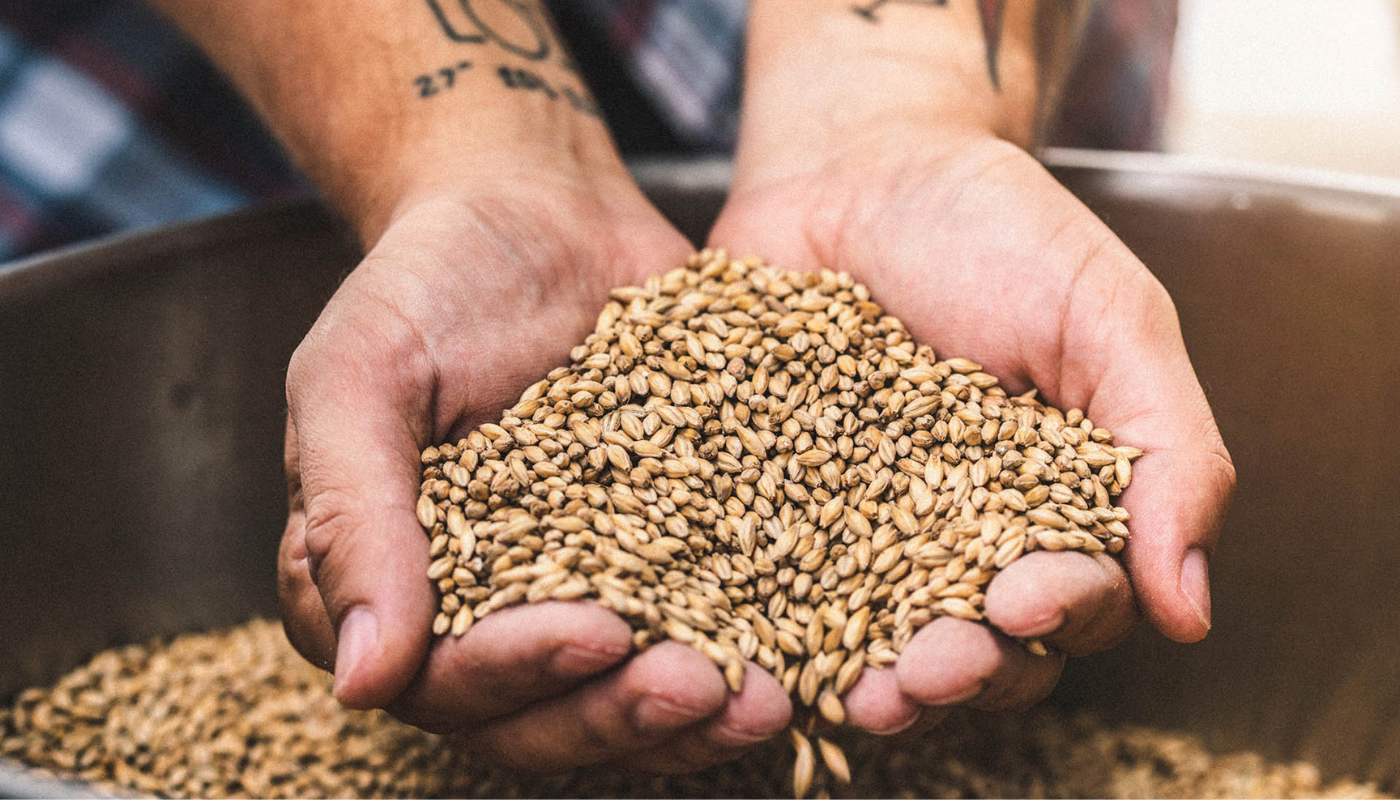The popularity of local maltsters has exploded in recent years. Yet brewers still confess some trepidation over how to incorporate locally produced malts into their beer portfolios and brewing operations. We talk with Andrea Stanley, co-founder of Valley Malt in Hadley, Massachusetts, to explore the benefits of building a relationship with your local maltster.
1. The First Step: Just Give Them A Call

Beverage Ingredients featured expert topic supported by WEIMA America, Inc.
Welcome to the World of Shredding & Compressing! New drainage and compression technology for the beverage industry! As the world innovates, so do we.
“We’ve been doing this for 12 years now, so I know how breweries successfully use craft malt,” says Stanley. “I think just giving me a call or coming out to visit and take a tour, that’s the best way to start initiating a relationship because I want to know what your goals are. I want to know why you are doing this. And then I want to be able to provide you with the malts that I think are going to help you achieve that.” Stanley implores breweries “don’t treat us like a big corporation.” Instead, she counsels that they approach local maltsters as they would “a locally roasted coffee roaster for your imperial stout.”
2. Actually See Where Your Grains Are Grown
One straightforward benefit of developing a relationship with your local maltster is pure proximity: you can actually go and visit them. “Your local maltster actually has a malt house that you can drive to and visit,” says Valley Malt’s Stanley. “And I think there’s something really powerful about being able to do that, to connect to where your ingredient is being processed. To be able to look at the facility, learn who the people are that are running the facility, how the malt is made, even the cleanliness of the facility.” Few brewers are likely to travel and visit their big malt providers, Stanley notes. But craft maltsters are different and the experience is a great learning opportunity. “I think one of the things is that when they’re able to come and bring their team to the malt house, I just see all the light bulbs going on at that point. So that’s why I think of that as kind of a really big, important piece of the relationship.”
3. Benefits Of Working With A Local Maltster
Stanley points to several benefits to buying a portion of your malt from local producers, with freshness near the top. “I don’t know what other supply chains look like, but I know for Valley Malt, we malt to order. So your malt is pretty much finishing up in the kiln when it’s at its absolute freshest, like the day that it’s shipping to you.” She also points to the environmental impact of shipping malt around the globe. “Comparing the miles traveled from Valley Malt to a German maltster, you’re talking the difference from farm to malt to brewery, at the most 400 miles for Valley Malt and with something like 4,500 miles minimum [for European maltsters],” she notes. “One of the things that craft malt brings is the ability to work toward a more sustainable chain. I don’t know if that’s a tangible thing, but I think it is why some brewers choose to use craft malt.” She also notes that buying from local maltsters helps support local farms in a time when small and medium sized operations have experienced competitive challenges from larger enterprises.
4. Partners In Recipe Development
“When people reach out to us at Valley Malt, it’s usually to look at creating a beer together,” Stanley says. Small maltsters welcome inquiries from craft brewers to discuss their malt needs for a particular beer. “Most times that brewer already has a beer in mind,” Stanley notes. Often this happens with collaboration brews with other breweries or for special offerings, like wet hop beers in the fall, or the development of a special house beer. “I think this is an opportunity to explore something that wineries get to explore almost 100-percent of the time, which is developing a product that is grown and processed entirely from a place,” Stanley says. This captures “that taste of place. And I think for some breweries exploring their ingredients is part of what drives them to be craft brewers and not something else.”

